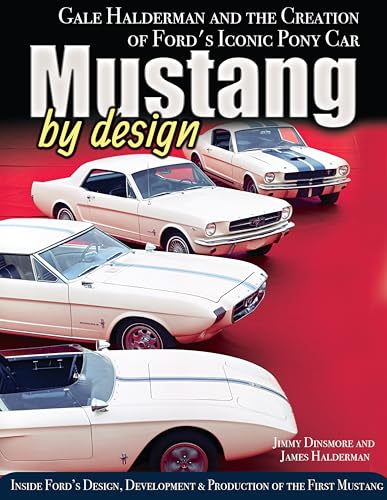Well guys, that's an interesting contrast between Eric and Chuck's thoughts on the Edelbrock carbs. 1sostatic is his usual hilarious self!
I have to admit, I still have not had time study them, but I will for sure, then I can add my 2 cents worth.
Thanks for your comments and input, the debate continues...……..
EDIT: Ok I just looked at all the video's.
Now, I know very little about carbs in general other than the basic to intermediate stuff. I've learned a lot over the last few years, thanks to the members here.
So, here's my take away, His set-up does not look very professional, more like something anyone could cobble up in the garage. He shows and uses a GLASS filter, a no-no as far as I'm concerned, (ok, it a test rig, so maybe here) He state that the secondary's open without a load on the motor. I thought a load was needed for the secondary's to kick in, but perhaps I'm wrong in this case. As far as 3 lbs fuel pressure on any carb no matter what brand, well we all know we don't want too much, but could that be too little?
Lastly, I'm still not convinced. There are some very good points to the Edelbrock carbs, but I think I'll stick with more traditional types I'm familiar with.
Glass filter on a test rig - I don't have a problem with that. On a real car however, yeah I've learned that's not the best way to go. Agree. ::thumb::
Cobbled together test rig - Yeah, WTF is up with that?! It looked SO ghetto, but it apparently gave him the information he was looking for. I couldn't really get my head around what exactly he was testing for, so I just watched and listened for nuggets of inspiration.
The fuel pressure declaration told me something I wasn't expecting. I'd heard something somewhere that 5-6 psi was the sweet spot, so I installed an adjustable pressure control valve on mine and set it to the max 5.5 setting since I had an electric fuel pump putting out 12-14 psi (Holley Black). It never wavers. He said anything more than 3 psi is overkill, and pretty much demonstrated that the carburetors themselves (Edelbrocks, at least) are internally regulated to 3 psi (or even less, maybe) - he did this by bumping up the line fuel pressure and nothing changed on the carburetor settings or readings he was getting. OK - mind blown... but, makes sense since the needle valve assembly can only let through so much volume so fast, after all.
Now the part that gets me is the thought that the secondaries open when there's a load on the engine. I have to disagree on that idea... the carburetor has no way of detecting a load on the engine. The secondaries open because the moving parts inside reach a point where the linkage for the secondaries is engaged - period. Think of the carburetor as if it were a toilet - mostly because of the bowl and float mechanism, but the accelerator pump also works similarly to the 'flush' function. There are obviously other differences both in form and function, but I believe the basic concepts share common functions.
Toilets also can't sense if there's a clog down stream and therefore 'flush harder' to push through it. No... they overfill and flood the floor until the tank fills up, engages the float, and shuts off the water. The engine obviously doesn't load up and clog like a main drain pipe can, but rather bogs down under load. Carburetors are very similar in that they have no sensors telling them there's a load on the engine - it doesn't care what's going on underneath it. It just dumps more fuel in at whatever rate it's told to depending on the positions the mechanisms attached to the accelerator cable happen to be. I suppose a rudimentary form of a 'sensor' could be vacuum, since the engine is basically a giant air pump - when the vacuum starts to drop, I suppose more sophisticated carburetors probably utilize vacuum in some form or fashion, rather than simply regulate it. Fuel Injection is smart enough to accept and utilize information from various vehicle sensors, but not carburetors.
I hope that makes sense - sometimes I tend to over-simplify things in my own head for correlation purposes. I am also no expert, by any means. But the toilet analogy works well when explaining carburetors in another way: every time you open the secondaries, you can say you just flushed another nickel down the drain (depending on fuel prices, of course).






















































